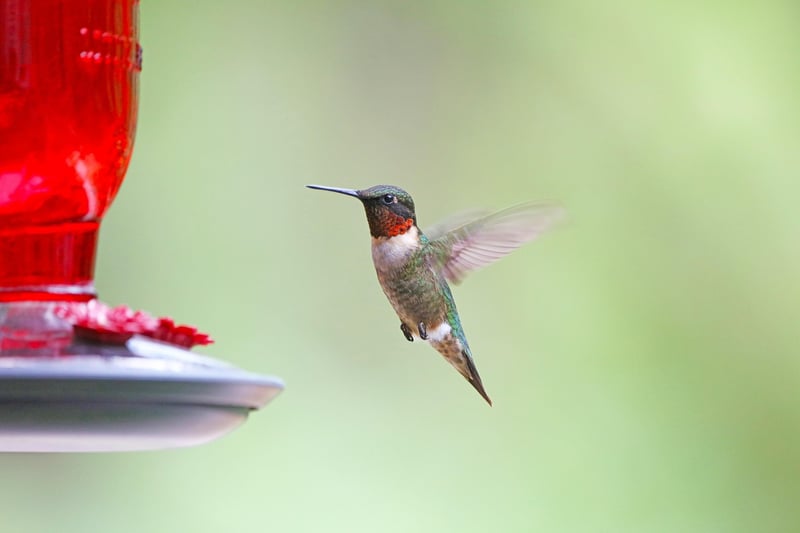Hummingbird Feeders
Creating Environments for Pollinators

Pollinators play a vital role in our ecosystem by facilitating the reproduction of plants. They are responsible for transferring pollen from one flower to another, enabling plants to produce fruits and seeds. One essential pollinator is the hummingbird, known for its swift movements and vibrant colors.
The Importance of Pollinator-Friendly Environments
Creating environments that support pollinators is crucial for maintaining biodiversity and ensuring the health of our food supply. By planting native flowers, providing shelter, and reducing the use of pesticides, we can help pollinators thrive in urban and rural settings.
Attracting Hummingbirds with Feeders
One way to attract hummingbirds to your garden is by using feeders. These feeders provide a supplemental food source for hummingbirds, especially during periods when flowers may be scarce. When choosing a feeder, opt for one with bright colors to catch the birds' attention.
Tips for Using Hummingbird Feeders:
- Place feeders in a shaded area to prevent the nectar from spoiling quickly.
- Keep the feeders clean by regularly washing them with a solution of water and vinegar.
- Refill the feeders with fresh nectar every few days, especially in hot weather.
- Avoid using red dye in the nectar, as it may be harmful to hummingbirds.
Creating a Pollinator-Friendly Garden
In addition to using feeders, consider planting a variety of flowers that attract hummingbirds and other pollinators. Native plants such as bee balm, cardinal flower, and trumpet vine are excellent choices for creating a pollinator-friendly garden.
By providing a welcoming environment for pollinators, we can contribute to the overall health of our ecosystem and enjoy the beauty of these fascinating creatures in our own backyard.
